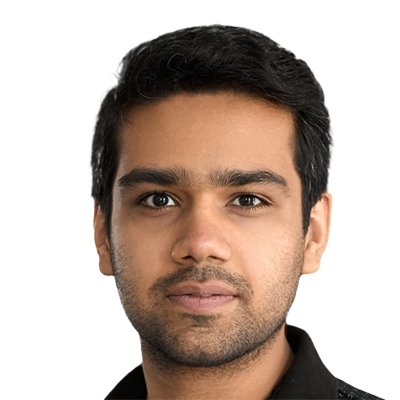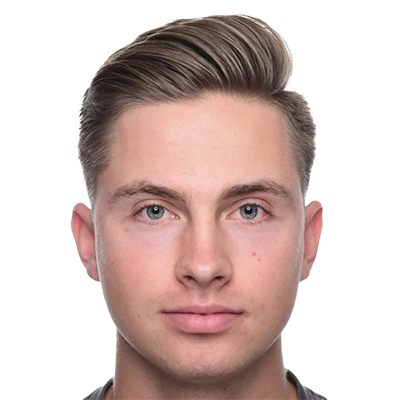Research Group Xi Wang
Xi Wang
leads the MCML Junior Research Group ‘Egocentric Vision’ at TU Munich.
Xi Wang and her team conduct cutting-edge research in egocentric vision, focusing on learning from first-person human videos to understand behavior patterns and extract valuable information for potential applications in robotics. Their ongoing projects include 3D reconstruction using Gaussian splitting and multimodal learning with vision-language models. Funded as a BMBF project, the group maintains close ties with MCML and actively seeks collaborations that bridge egocentric vision with other research domains, extending beyond our own focus.
Publications @MCML
2025
[5]
G. Zhang • S. Qian • X. Wang • D. Cremers
ViSTA-SLAM: Visual SLAM with Symmetric Two-view Association.
Preprint (Sep. 2025). GitHub
ViSTA-SLAM: Visual SLAM with Symmetric Two-view Association.
Preprint (Sep. 2025). GitHub
[4]
O. Kuzyk • Z. Li • M. Pollefeys • X. Wang
VisualChef: Generating Visual Aids in Cooking via Mask Inpainting.
Preprint (Jun. 2025).
VisualChef: Generating Visual Aids in Cooking via Mask Inpainting.
Preprint (Jun. 2025).
[3]
C. Koke • D. Schnaus • Y. Shen • A. Saroha • M. Eisenberger • B. Rieck • M. M. Bronstein • D. Cremers
On multi-scale Graph Representation Learning.
LMRL @ICLR 2025 - Workshop on Learning Meaningful Representations of Life at the 13th International Conference on Learning Representations. Singapore, Apr 24-28, 2025. URL
On multi-scale Graph Representation Learning.
LMRL @ICLR 2025 - Workshop on Learning Meaningful Representations of Life at the 13th International Conference on Learning Representations. Singapore, Apr 24-28, 2025. URL
[2]
N. P. A. Vu • A. Saroha • O. Litany • D. Cremers
GAS-NeRF: Geometry-Aware Stylization of Dynamic Radiance Fields.
Preprint (Mar. 2025).
GAS-NeRF: Geometry-Aware Stylization of Dynamic Radiance Fields.
Preprint (Mar. 2025).
2024
[1]
L. Sang • M. Gao • A. Saroha • D. Cremers
Enhancing Surface Neural Implicits with Curvature-Guided Sampling and Uncertainty-Augmented Representations.
Wild3D @ECCV 2024 - Workshop 3D Modeling, Reconstruction, and Generation in the Wild at the 18th European Conference on Computer Vision. Milano, Italy, Sep 29-Oct 04, 2024. URL
Enhancing Surface Neural Implicits with Curvature-Guided Sampling and Uncertainty-Augmented Representations.
Wild3D @ECCV 2024 - Workshop 3D Modeling, Reconstruction, and Generation in the Wild at the 18th European Conference on Computer Vision. Milano, Italy, Sep 29-Oct 04, 2024. URL
©all images: LMU | TUM


